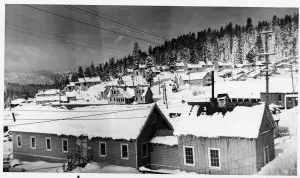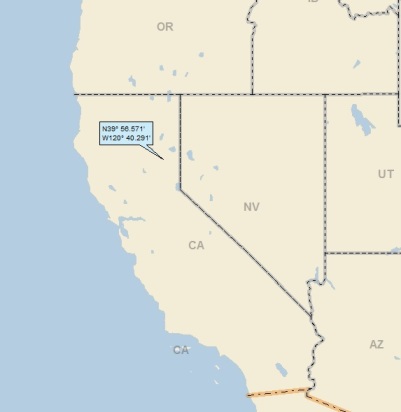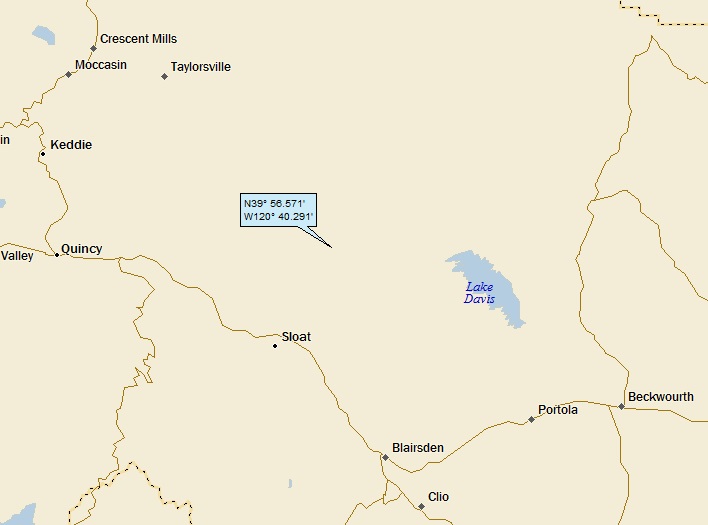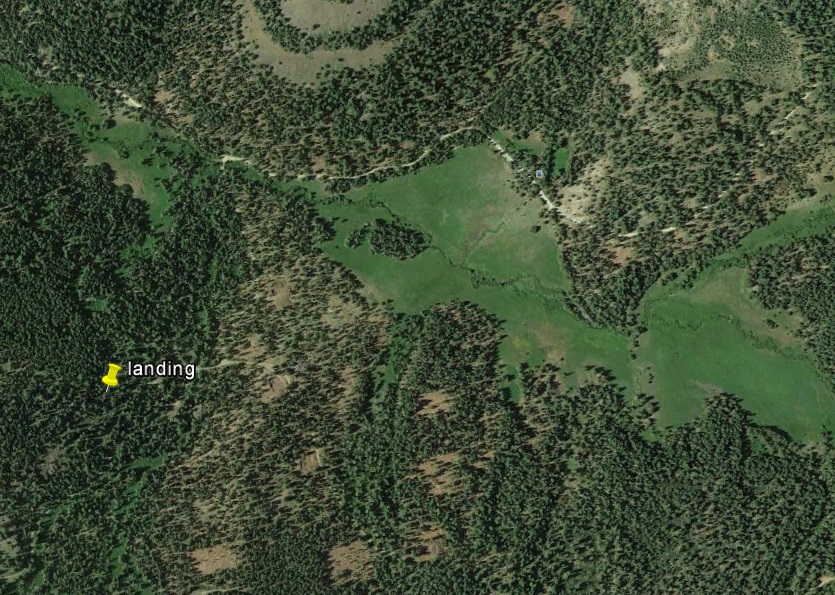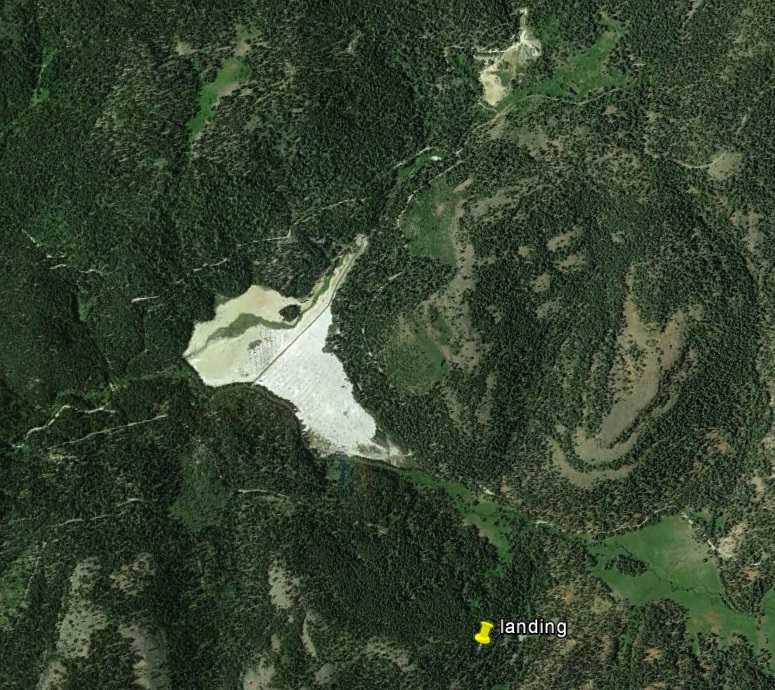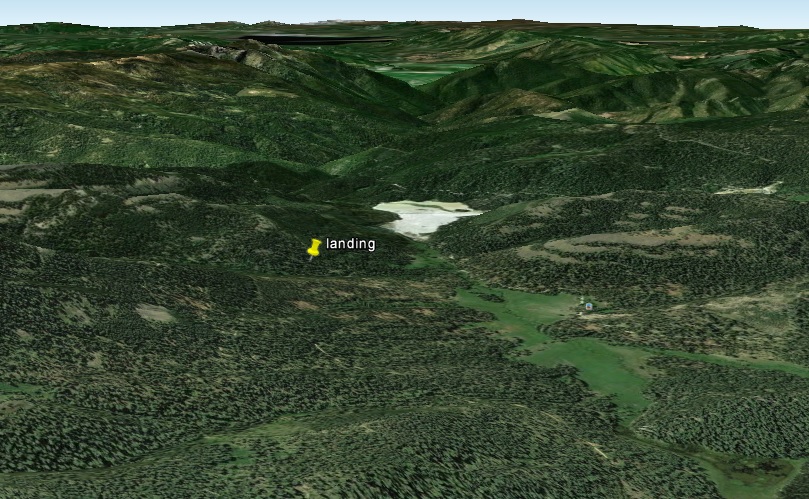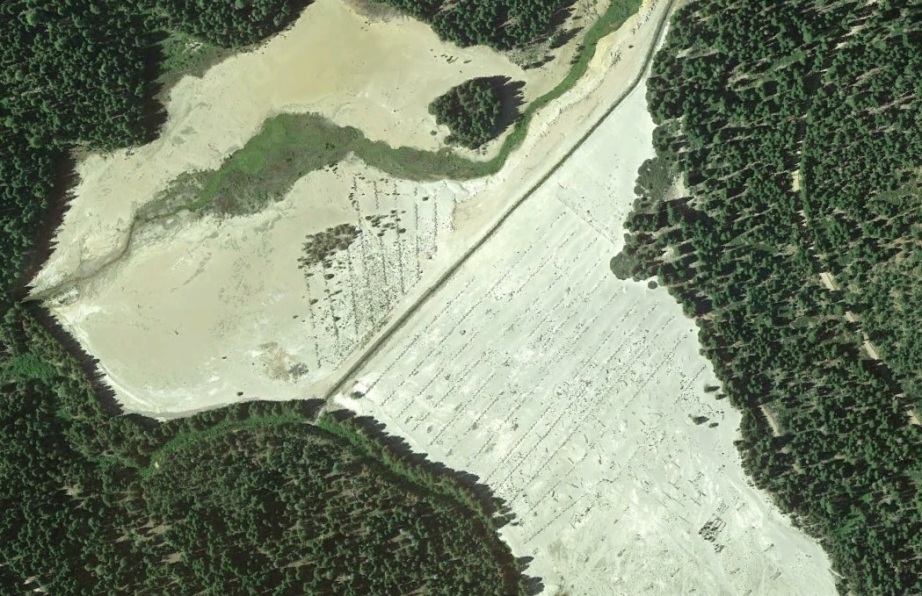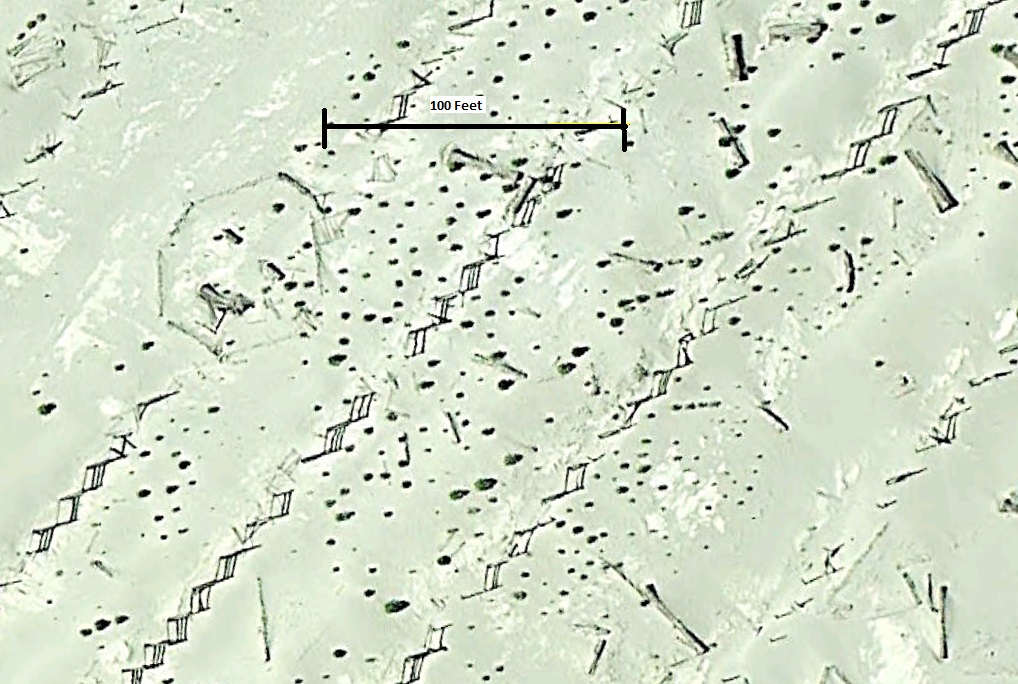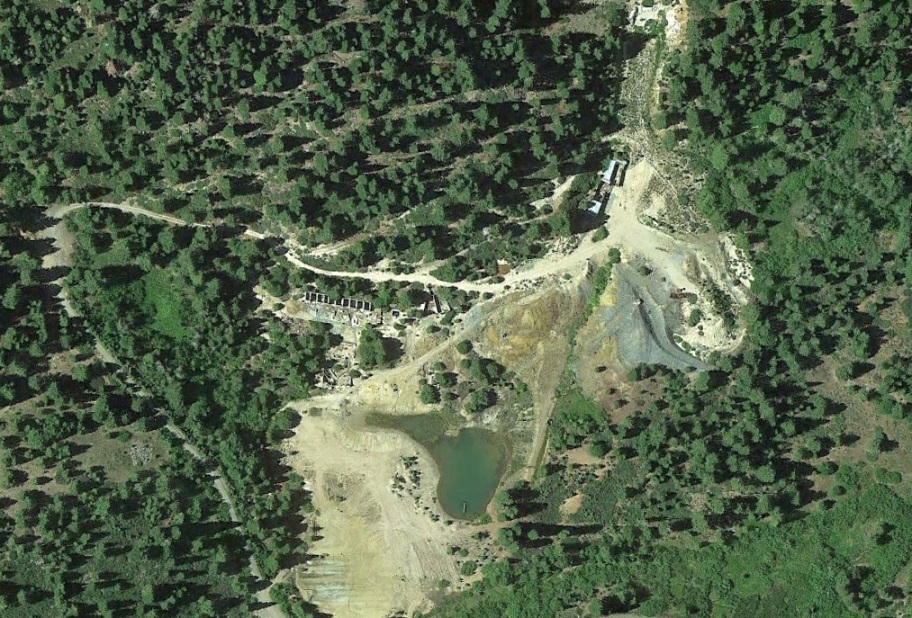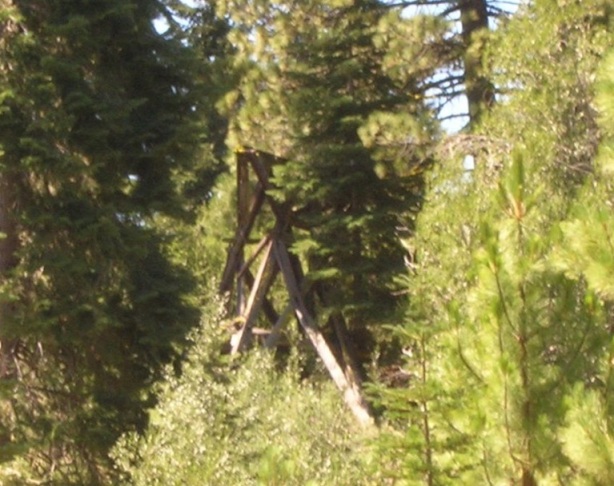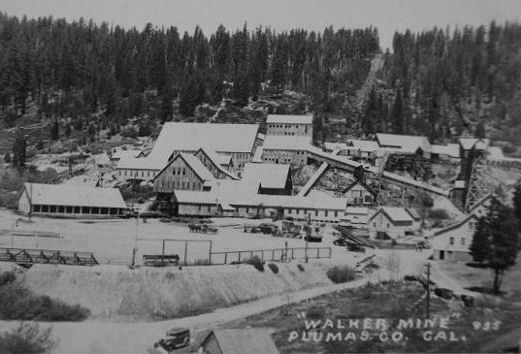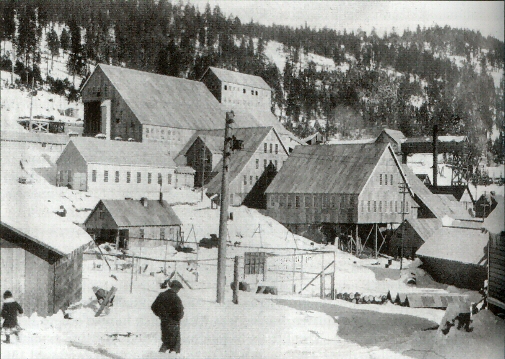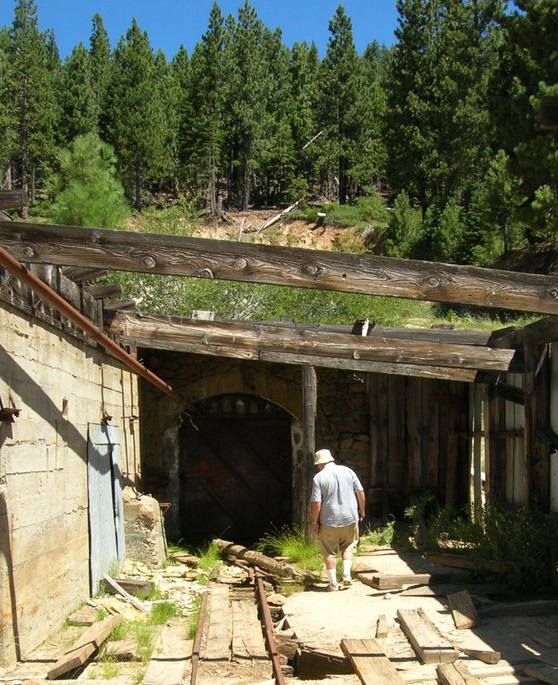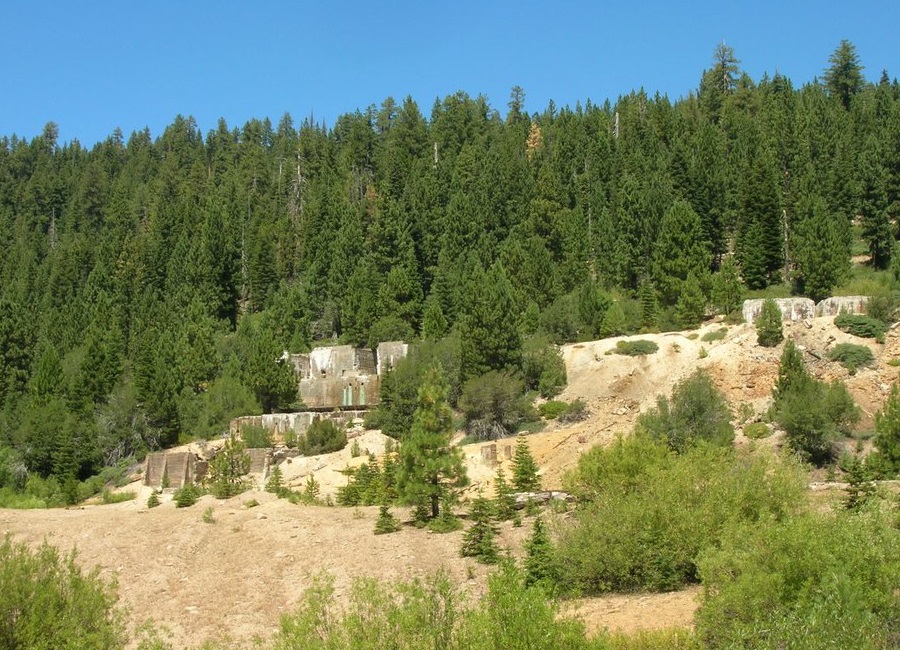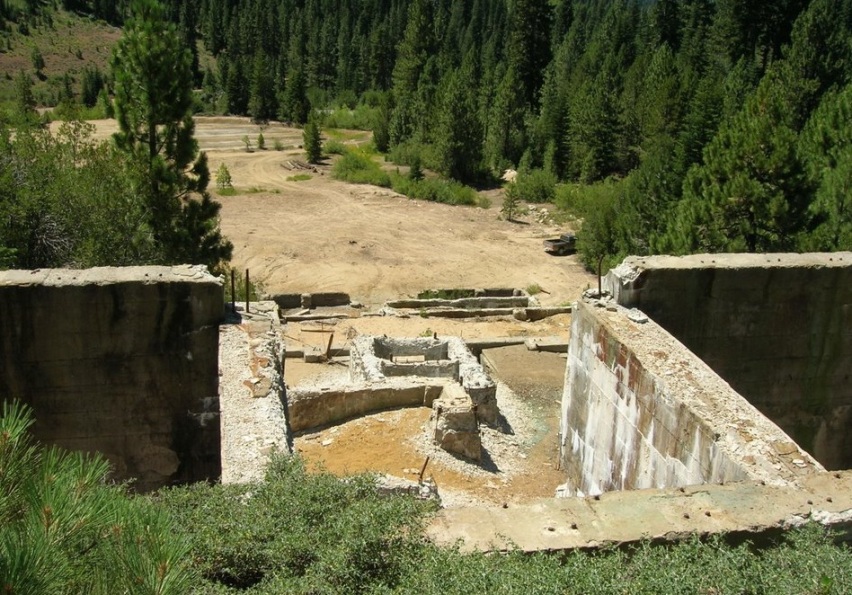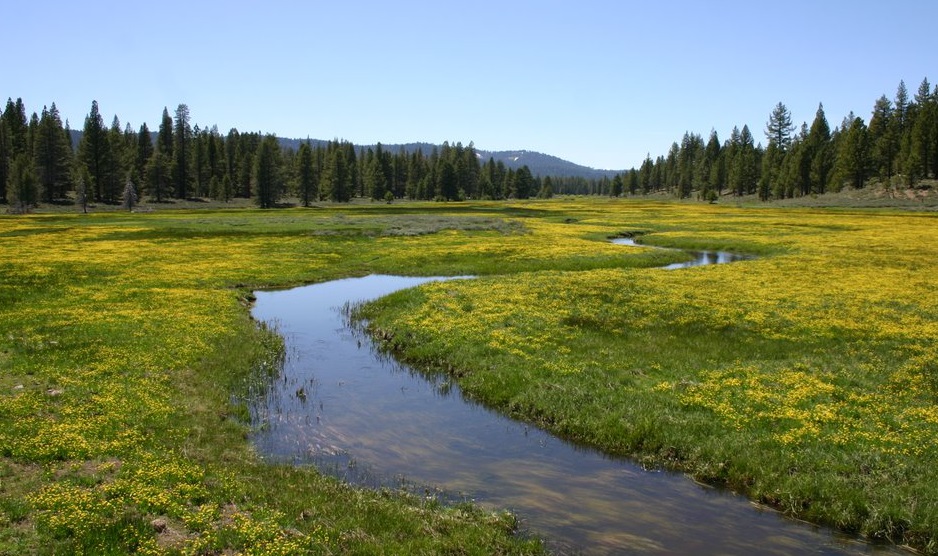G
ghostminer
Guest
Has anyone been up to the Walker Mine in Plumas County, Ca? An old copper mine.
Amazon Forum Fav 👍
Upvote
0
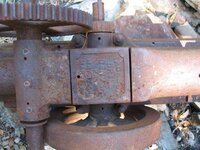
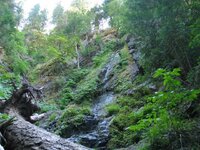
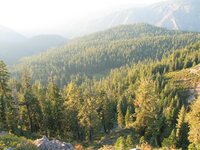 Lovely country even if it is mostly Boots to the Ground...........63bkpkr
Lovely country even if it is mostly Boots to the Ground...........63bkpkrHey ghostminer, got any videos of your operations?

Ghostminer.. I wont be sad to see ya go.. You are as transparent as glass.. As far as I'm concerned this forum is better off without your discovery channel mining education.. You got something better to do then partake on social media then I suggest you do it.. I'm sure your investors would appreciate you getting some actual results instead of trolling for more investors..
 elevation of about 6,180 feet. The mine is estimated to contain about 13 miles of tunnels and 3,500 feet of vertical shafts. The Walker Mine was discovered in 1904, put into operation in 1915, and active mining took place until 1941. Since closure of the mine in 1941, the site has discharged acid mine drainage and heavy metals directly into Dolly Creek and Little Grizzly Creek.Ownership of Walker Mine has changed throughout the years. From 1915 through 1941 it was owned and operated by Walker Mining Company and International Smelting and Refining Company (ISRC). ISRC was a subsidiary of
elevation of about 6,180 feet. The mine is estimated to contain about 13 miles of tunnels and 3,500 feet of vertical shafts. The Walker Mine was discovered in 1904, put into operation in 1915, and active mining took place until 1941. Since closure of the mine in 1941, the site has discharged acid mine drainage and heavy metals directly into Dolly Creek and Little Grizzly Creek.Ownership of Walker Mine has changed throughout the years. From 1915 through 1941 it was owned and operated by Walker Mining Company and International Smelting and Refining Company (ISRC). ISRC was a subsidiary of
 the Anaconda Copper Mining Company which was purchased by Atlantic Richfield Company (ARCO) in 1977. In 2000 ARCO became a subsidiary of British Petroleum. From the mid 1940s until the early 1990s, Walker Mine was controlled by Calicopia Corporation and Robert R. Barry. Cedar Point Properties Inc., bought the Walker Mine at a Plumas County tax sale in 1997 and abandoned it a few years later after the Regional Board issued a Cleanup and Abatement Order requiring Cedar Point Properties to comply with the Operations and Maintenance Procedures developed by the Regional Board
the Anaconda Copper Mining Company which was purchased by Atlantic Richfield Company (ARCO) in 1977. In 2000 ARCO became a subsidiary of British Petroleum. From the mid 1940s until the early 1990s, Walker Mine was controlled by Calicopia Corporation and Robert R. Barry. Cedar Point Properties Inc., bought the Walker Mine at a Plumas County tax sale in 1997 and abandoned it a few years later after the Regional Board issued a Cleanup and Abatement Order requiring Cedar Point Properties to comply with the Operations and Maintenance Procedures developed by the Regional Board
 for the Walker Mine site. In November 1987, the Regional Board installed an engineered concrete mine seal 2,675 feet from the 700-level portal of the Walker Mine. This seal was installed to prevent direct discharge of acid mine drainage from the underground ore zone to the surface waters of Dolly Creek.Water coming out of the mine had low pH and high concentrations of copper. The mine fills with water from infiltration of rain water and snow melt through varies sink holes and surface fractures. Copper concentrations in the mine discharge prior to installation of the mine seal were 280 ug/L. Mine water discharged into a small settling pond, which then discharged to Dolly Creek. The pH in the settling pond varied between 2.5-5. To solve the problem of acid mine drainage water flowing out of the mine, the Regional Board installed an engineered concrete seal in the 700 level adit of the Walker Mine. The mine seal has significantly reduced acid mine drainage from the mine. Cleanup and remediation activities have also been initiated by the US Department of Agriculture(US Forest Service) at the adjacent 70-acre Walker Mine Tailings facility located on land managed by the US Forest Service. Both Dolly Creek and Little Grizzly Creek run through the tailings facility site. Copper concentrations in Little Grizzly Creek downstream of the tailings site were around 288-691ug/L. Dolly Creek also had increased levels of zinc.
for the Walker Mine site. In November 1987, the Regional Board installed an engineered concrete mine seal 2,675 feet from the 700-level portal of the Walker Mine. This seal was installed to prevent direct discharge of acid mine drainage from the underground ore zone to the surface waters of Dolly Creek.Water coming out of the mine had low pH and high concentrations of copper. The mine fills with water from infiltration of rain water and snow melt through varies sink holes and surface fractures. Copper concentrations in the mine discharge prior to installation of the mine seal were 280 ug/L. Mine water discharged into a small settling pond, which then discharged to Dolly Creek. The pH in the settling pond varied between 2.5-5. To solve the problem of acid mine drainage water flowing out of the mine, the Regional Board installed an engineered concrete seal in the 700 level adit of the Walker Mine. The mine seal has significantly reduced acid mine drainage from the mine. Cleanup and remediation activities have also been initiated by the US Department of Agriculture(US Forest Service) at the adjacent 70-acre Walker Mine Tailings facility located on land managed by the US Forest Service. Both Dolly Creek and Little Grizzly Creek run through the tailings facility site. Copper concentrations in Little Grizzly Creek downstream of the tailings site were around 288-691ug/L. Dolly Creek also had increased levels of zinc.
 The U.S. Forest Service has addressed this problem by diverting a portion of Dolly Creek into a lined channel that prevents contact with the tailings which then discharges directly to Little Grizzly Creek. Doing this has effectively reduced the level of copper and zinc in both creeks but has not eliminated it.
The U.S. Forest Service has addressed this problem by diverting a portion of Dolly Creek into a lined channel that prevents contact with the tailings which then discharges directly to Little Grizzly Creek. Doing this has effectively reduced the level of copper and zinc in both creeks but has not eliminated it.
 Both projects have helped reduce the amount of metals entering Dolly Creek and Little Grizzly Creek. The mine seal has reduced the amount of metals being discharged from the Walker Mine. . Diverting Dolly Creek into the lined channel has helped reduce the concentration of metals in the both creeks closer to background levels but has not reached background levels.
Both projects have helped reduce the amount of metals entering Dolly Creek and Little Grizzly Creek. The mine seal has reduced the amount of metals being discharged from the Walker Mine. . Diverting Dolly Creek into the lined channel has helped reduce the concentration of metals in the both creeks closer to background levels but has not reached background levels. | Latitude & Longitude (WGS84): | 39° 57' 37'' North , 120° 40' 3'' West |
|---|---|
| Latitude & Longitude (decimal): | 39.96028,-120.66750 |
| Köppen climate type: | Csb : Warm-summer Mediterranean climate |
| Tertiary - Lopingian2.588 - 259.9 Ma ID: 2941043 | Mesozoic granitic rocks, unit 3 (Sierra Nevada, Death Valley area, Northern Mojave Desert and Transverse Ranges)Age: Phanerozoic (2.588 - 259.9 Ma) Stratigraphic Name: Atolia Quartz Monzonite; Coxcomb Granodiorite; Holcomb Quartz Monzonite; Lar Quartz Diorite; Liebre Quartz Monzonite; Mount Pinos Granite; Palms Granite; Sands Granite; Teutonia Quartz Monzonite; White Tank Quartz Monzonite; Vermont Quartz Diorite; Cadiz Valley Batholith; Barcroft Granodiorite; Bass Lake Tonalite; Big Baldy Granite; Boundary Peak Granite; Bridalveil Granite; Burnside Lake Adamellite; Cabin Granodiorite; Cactus Point Granite; Carson Pass Tonalite; Cathedral Peak Granite; Clover Creek Granodiorite; Cottonwood Adamellite; Cow Creek Granodiorite; Dinkey Creek Granodiorite; Ebbetts Pass Granodiorite; El Capitan Granite; Evolution Basin Alaskite; Giant Forest Granodiorite; Half Dome Quartz Monzonite; Hunter Mountain Quartz Monzonite; Inconsolable Granodiorite; Isabella Granodiorite; Johnson Granite Porphyry; Knowles Granodiorite; Lake Edison Granodiorite; Lamarck Granodiorite; Leaning Tower Quartz Monzonite; Lebec Quartz Monzonite; Leidy Adamellite; Lodgepole Granite; Lookout Peak Tonalite; McAfee Adamellite; Mitchell Peak Granodiorite; Mono Creek Granite; Mount Clark Granite; Mount Givens Granodiorite; Pear Lake Quartz Monzonite; Paradise Granodiorite; Pellesier Granite; Pohono Granodiorite; Potwisha Quartz Diorite; Round Valley Peak Granodiorite; Sacatar Quartz Diorite; Sage Hen Adamellite; Sentinel Granodiorite; Stanislaus Meadow Adamellite; Taft Granite; Tamarack Leuco-Adamellite; Tejon Lookout Granite; Tinemaha Granodiorite; Tungsten Hills Quartz Monzonite; Ward Mountain Trondhjemite; Weaver Lake Quartz Monzonite; Wheeler Crest Quartz Monzonite; Whitney Granodiorite. Hunter Mountain Batholith; Inyo Batholith; Sierra Nevada Batholith. Bald Rock Pluton; Bucks Lake Pluton; Bullfrog Pluton; Cartridge Pass Pluton; Cascade Pluton; Dragon Pluton; Grizzly Pluton; Independence Pluton; Merrimac Pluton; Paiute Monument Pluton; Papoose Flat Pluton; Pat Keyes Pluton; Sage Hen Flat Pluton; Santa Rita Flat Pluton; Swedes Flat Pluton; Tuolumne Intrusive Suite; John Muir Intrusive Suite; Shaver Intrusive Suite; Palisade Crest Intrusive Suite; Scheelite Intrusive Suite; Fine Gold Intrusive Suite; Soldier Pass Intrusive Suite; Mount Whitney Intrusive Suite Description: Mesozoic granite, quartz monzonite, granodiorite, and quartz diorite Comments: Sierra Nevada, Death Valley area, Transverse Ranges and Mojave Desert. Primarily granodiorite, tonalite, quartz monzonite, and granite ranging in age from Late Triassic to Late Cretaceous. Includes some rocks as old as Permian and possibly a few as young as Tertiary. Three main periods of emplacement (Triassic, Jurassic, and Cretaceous); wide variety of rock types Lithology: Major:{granodiorite}, Minor:{granite,tonalite,quartz diorite,quartz monzonite}, Incidental:{diorite, quartz syenite, quartz monzodiorite, gabbro, trondhjemite, monzonite, monzodiorite, pegmatite, alaskite, aplite} Reference: Horton, J.D., C.A. San Juan, and D.B. Stoeser. The State Geologic Map Compilation (SGMC) geodatabase of the conterminous United States. doi: 10.3133/ds1052. U.S. Geological Survey Data Series 1052. [133] |
